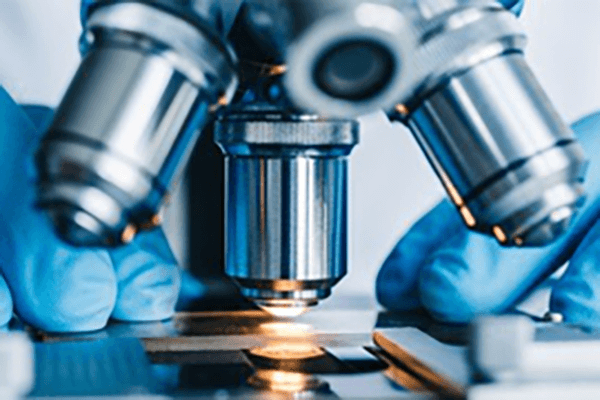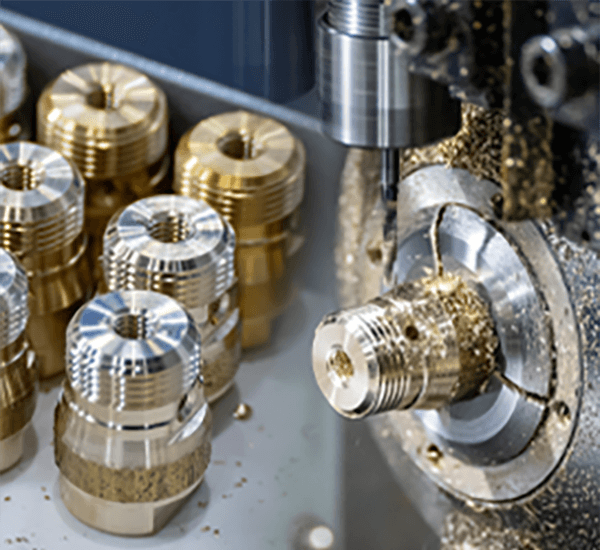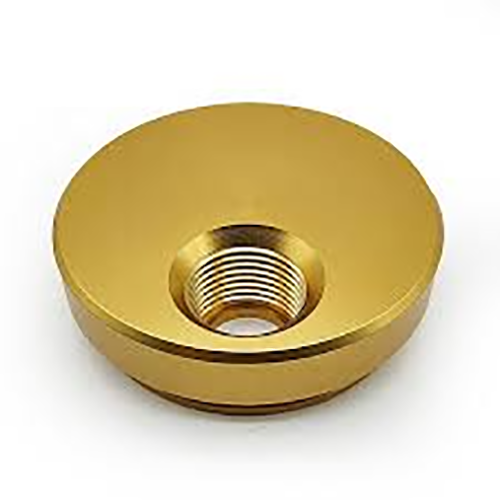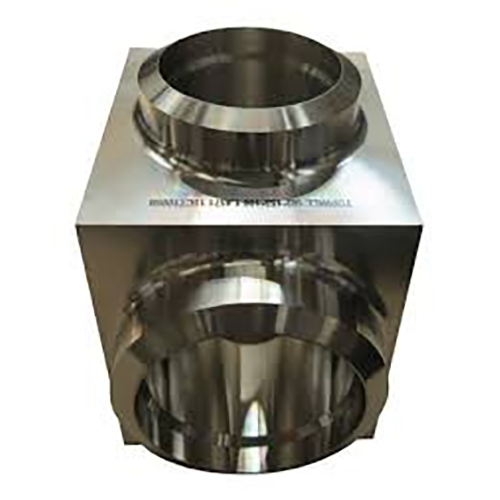aluminum practiced managed finish program for recurring parts

Meeting defined surface quality on a CNC-produced component is vital.
- Engineering annotations specify detailed surface expectations for components
- Designers use Ra (mean deviation) as a numerical indicator of surface roughness
- Comprehending finish specifications is crucial to meet operational standards
- Chosen finish influences lubrication retention, friction behavior, and part life
- Accurate interpretation of callouts is required to realize the targeted surface
CNC Machining and Precision Engineering

CNC machining represents a game-changing method in production by leveraging computer-aided programs machines execute intricate designs with remarkable accuracy.
- CNC systems permit manufacture of precise components from diverse substrates
- Machine flexibility renders it suitable for medical device and electronics manufacturing
- Automated machining provides consistent reproducibility for uniform components
From small prototypes to large-volume runs CNC machining performs a central function in today's manufacturing landscape
CNC Spec Interpretation
Interpreting CNC data often seems complex on first review
Even so practical familiarity and a systematic plan enable decoding machine specs
Initiate by spotting principal specs like spindle speed, feed rate, positional accuracy, travel limits, controller
Each metric impacts the machine’s aggregate capability.
Illustratively, greater spindle rpm aligns with softer workpieces; increased feed raises manufacturing pace.
Perceiving such relations guides selection of appropriate CNC equipment
Always examine producer technical literature in detail.
It will often provide valuable insights and clarify any technical terminology you may encounter
CNC Machines Explained: A Full Guide
Computer-operated machining stations are programmed units for precise automated part fabrication across materials They interpret CNC code instructions to command cutting tools and motion.
- Various CNC platforms encompass milling centers, turning lathes, routers, plasma systems
- CNC machining processes are highly versatile and can be used to work with a wide range of materials including metals plastics wood and composites
- Moreover CNC platforms enable rapid model creation and small-batch production for SMEs and R&D teams
CNC Fundamentals and Principles
They demonstrate convergence of tight hardware tolerances and refined software control Multifunctional systems use programming logic to fabricate both simple pieces and composite assemblies Key principle turns electronic models into physical artifacts.
- Automated machine operation
- Code-driven production workflow
It entails finely timed actuator motions governed by software Technicians are essential for choosing cutting settings, supervising processes, and validating final quality.
Surface Finish Considerations for CNC
Securing intended finish on parts is imperative It determines product function and aesthetic quality The type of material being machined the cutting parameters used and the post-processing operations all contribute to the achieved surface texture.
Smoother surfaces elevate durability while coarser textures may impair utility Machine-controlled fabrication offers many methods and cutters to achieve set surface qualities.
- By using distinct cutter geometries |carbide alloys|spindle rpm choices to produce target surface
- Supplementary finishing like polishing or abrasive grinding enhances surface
Knowing parameter-to-finish links is vital to secure the best results.
From Operation to Applications: CNC Basics
Programmed machining provides accurate part shaping across multiple material types They follow G-code sequences to generate complex parts reliably Knowing programming basics and tool selection secures better machining outcomes
Sectors served include aerospace, automotive, manufacturing, medical, and electronics fields From intricate parts for aircraft engines to precision molds for plastic injection CNC machines have become indispensable tools for producing high-quality products with complex geometries
How to Specify Surface Finish for CNC Parts
Correctly specifying finish is vital for CNC-produced components It ensures part compliance with operational and appearance standards Finish specifications are often expressed via the Ra roughness standard Expressed in units like µm or mils, the metric describes average roughness amplitude.
When specifying a surface finish callout consider both the required level of smoothness and the intended application of the part

Example: polished finishes often suit parts needing close tolerances and exact mating
Conversely a rougher surface finish could be appropriate for applications where grip friction traction is important
Use explicit finish instructions on design documents to convey the surface requirement Provide the roughness average and detail supplemental processes or treatments needed.
Consider that thorough finish callouts underpin quality manufacturing
Varieties of CNC Machines and Capabilities
Machine shops deploy varied CNC equipment tailored to many distinct production tasks They pair with CAD software to translate designs into cutting commands for precise fabrication.
- Mills shape slots pockets and complex contours through rotary cutting
- Lathe machines operate on a rotating axis ideal for producing symmetrical parts with smooth surfaces
- Waterjet tools cut ceramics composites and metals with no heat-affected zone
Pick machines based on material compatibility, feature detail, and dimensional demands Distinctive CNC features make these machines indispensable across multiple industries.
Obtaining High-Quality Surface Finish with CNC
Achieving a superior surface finish is crucial in numerous manufacturing processes and CNC machining offers an exceptional method for achieving this goal Using accurate feed and speed selection plus optimized tool geometry technicians refine cutting action to reduce surface flaws Besides that quality tooling combined with good lubrication practices leads to improved surface results Appropriate strategy choice combined with accurate setup produces excellent surface outcomes.
Achieving Surface Finish in CNC Programming
Mastering surface finish during CNC programming is crucial for achieving desired quality outcomes Cutting parameter selection—feed, speed, tool geometry—controls surface finish Careful selection of these parameters in conjunction with proper lubrication and coolant management can yield a smooth and flawless surface finish.
- Plus regular inspection and maintenance of tools copyright finishing standards Furthermore what is a cnc machine regular tool maintenance and inspection are essential for ensuring a consistent and high-quality surface finish over time Moreover scheduled tool maintenance and inspection preserve surface performance
- For better finishes evaluate substrate, roughness goal, and functional context
- Virtual simulation provides a way to optimize feeds and speeds before cutting
- In addition periodic tool servicing and checks secure consistent surface quality
